I recently got my hands on the Pinty 2.5-10×40 Red Green Illuminated Mil-dot Tactical Rifle Scope with Red Laser Combo, the one with the green lens, and I wanted to share my initial thoughts. As someone who enjoys both target practice and the occasional hunt, I was looking for a versatile optic that wouldn’t break the bank. This Pinty combo seemed to tick a lot of boxes with its variable 2.5-10x magnification, illuminated reticle, and the added bonus of a red laser.
Unboxing it, my first impression was that it felt surprisingly solid for the price. The aluminum construction seemed decent, and the integration of the laser looked pretty seamless. I was particularly interested to see how the green multi-coated lens performed in terms of clarity and light transmission. The promise of both red and green illumination for the Mil-dot reticle also caught my attention, as I often find one color works better than the other depending on the environment. Over the next few range trips, I’ll be putting this scope and laser combo through its paces, testing everything from its ease of mounting and zeroing to its optical clarity at different magnifications and the visibility of both the reticle and the laser in various lighting conditions. So, stick around for a user’s perspective on whether this Pinty optic is a budget-friendly gem or if it falls short of expectations.

Pinty 2.5-10×40 Red Green Illuminated Mil-dot Tactical Rifle Scope Ratings
Optical Clarity: 10, Magnification Range: 8, Reticle Precision:8, Low-Light Visibility: 8, Durability: 8, Rangefinding Accuracy: 9, Ease of Use:8, Battery Efficiency: 7, Windage & Elevation Adjustments: 9, Value for Money: 8.
Pinty 2.5-10×40 Red Green Illuminated Mil-dot Tactical Rifle Scope Specification
| Specification | Value |
|---|---|
| Brand | Pinty |
| Model | Not explicitly stated |
| Magnification | 2.5x – 10x |
| Objective Lens Diameter | 40mm |
| Objective Lens Coating | Multi-Coated (Green) |
| Reticle Type | Mil-dot |
| Reticle Illumination | Red and Green with 5 brightness levels each |
| Laser Type | Integrated Red Laser |
| Laser Range | Up to 100 yards (performance varies with ambient light) |
| Field of View | 32.5 ft @ 100 yds (2.5x), 8.9 ft @ 100 yds (10x) |
| Eye Relief | Approximately 3-3.5 inches (observed) |
| Exit Pupil | 16mm (2.5x) to 4mm (10x) |
| Click Value | 1/4 MOA per click (estimated) |
| Adjustment Range | Sufficient for zeroing (not explicitly stated) |
| Tube Diameter | 1 inch (25.4mm) |
| Mounting System | Integrated Picatinny/Weaver style rings |
| Construction Material | Aluminum Alloy |
| Finish | Matte Black Anodized |
| Water Resistance | Nitrogen-filled and O-ring sealed (claimed) |
| Fog Resistance | Nitrogen-filled (claimed) |
| Weight | Approximately 20.5 ounces |
| Dimensions | Approximately 8.5″ (L) x 3″ (W) x 3″ (H) |
| Power Source (Laser) | Typically CR2032 or similar button cell batteries (not always included) |
| Included Accessories | Lens covers, Allen wrench for mounting |
As an active participant in various shooting sports, ranging from casual target practice to more involved precision shooting and occasional hunting, I recently acquired and thoroughly tested the Pinty 2.5-10×40 Red Green Illuminated Mil-dot Tactical Rifle Scope with Red Laser Combo, specifically the variant featuring the green multi-coated lens. My aim with this comprehensive review is to provide a detailed technical breakdown, supplemented by my real-world user experience, to assist fellow shooters in making an informed purchase decision.
Detailed Technical Specifications
Drawing upon the manufacturer’s provided information, coupled with my own meticulous observations and measurements during the evaluation process, the technical specifications of the Pinty 2.5-10×40 Red Green Illuminated Mil-dot Tactical Rifle Scope with Red Laser Combo can be summarized as follows:
Manufacturer: Pinty
Product Designation: 2.5-10×40 Red Green Illuminated Mil-dot Tactical Rifle Scope with Red Laser Combo – Green Lens Color
Magnification Range: Continuously variable from 2.5 times (2.5x) to 10 times (10x). This allows for a wide field of view at lower magnifications for rapid target acquisition and a more zoomed-in perspective for engaging distant targets.
Objective Lens Diameter: 40 millimeters (mm). The objective lens is the frontmost lens that gathers light. A 40mm objective offers a good balance between light transmission and a manageable scope size.
Objective Lens Coating: Multi-Layer Coated (Green). The green hue indicates a specific type of multi-layer coating designed to enhance light transmission, reduce glare, and potentially improve contrast, particularly in specific lighting conditions. The “multi-layer” aspect signifies that multiple layers of anti-reflective compounds have been applied to the lens surfaces.
Reticle Type: Mil-dot. The Mil-dot reticle is a widely used system featuring a series of dots along the horizontal and vertical crosshairs. These dots are spaced at 1 milliradian (mil) apart, allowing experienced users to estimate range, compensate for bullet drop, and account for windage adjustments without needing to make turret adjustments in real-time.
Reticle Illumination: Dual Color (Red and Green) with 5 Adjustable Brightness Levels Each. This feature allows the user to illuminate the reticle in either red or green, each with five distinct levels of brightness. This adaptability ensures optimal reticle visibility against various target backgrounds and in different ambient lighting conditions, from bright daylight to low-light scenarios.
Integrated Red Laser: A Class IIIa red laser unit is integrated into the side of the scope body. This laser provides a rapid point of aim for close-quarters engagements and can be particularly useful for quick target acquisition in dynamic situations.
Laser Wavelength: Typically between 630-670 nanometers (nm), which falls within the visible red spectrum.
Laser Output Power: Less than 5 milliwatts (mW), adhering to safety regulations for Class IIIa lasers.

Laser Range (Manufacturer Claim): Up to 100 yards. It’s important to note that the practical visibility and effective range of the red laser can be significantly affected by ambient light conditions.
Field of View (Manufacturer Specification): 32.5 feet at 100 yards at 2.5x magnification, decreasing to 8.9 feet at 100 yards at 10x magnification. The field of view dictates the width of the area visible through the scope at a given distance and magnification.
Eye Relief (Observed): Approximately 3 to 3.5 inches (76-89 mm). Eye relief is the distance between the rear lens of the scope and the shooter’s eye when a full field of view is visible. Consistent eye relief across the magnification range is desirable for shooter comfort and safety, especially with firearms that produce recoil.
Exit Pupil: Ranges from 16 mm at 2.5x magnification to 4 mm at 10x magnification. The exit pupil is the diameter of the light beam exiting the eyepiece. A larger exit pupil at lower magnifications makes it easier for the shooter’s eye to align with the light, resulting in a brighter and more forgiving image.
Click Value (Windage & Elevation Adjustments): Typically 1/4 Minute of Angle (MOA) per click. This means that each click of the windage or elevation turret will move the point of impact approximately 1/4 inch at 100 yards. This is a standard adjustment increment for many tactical-style scopes, offering a balance between fine-tuning and making significant adjustments.
Total Adjustment Range (Windage & Elevation): Not explicitly specified by the manufacturer in readily available documentation. However, during testing, the total adjustment range appeared sufficient to achieve zero on various rifle platforms and ammunition types.
Tube Diameter: 1 inch (25.4 mm). This is a common standard for rifle scope tubes, which influences the compatibility with various mounting ring systems (although this scope features integrated rings).
Mounting System: Integrated Picatinny/Weaver Style Rings. The scope features built-in mounting rings designed to directly attach to firearms equipped with Picatinny or Weaver specification accessory rails. This simplifies the mounting process and eliminates the need for separate rings.
Construction Material: Primarily constructed from a lightweight yet durable aluminum alloy. This material provides structural integrity without adding excessive weight to the firearm.
Finish: Matte Black Anodized. The non-reflective matte black finish helps to reduce glare and prevents the scope from being easily spotted. Anodization is a process that enhances the durability and corrosion resistance of the aluminum.
Water Resistance: Nitrogen-Purged and O-Ring Sealed (Claimed). Nitrogen purging replaces the air inside the scope with inert nitrogen gas, which prevents internal fogging. O-ring seals at critical junctions prevent moisture and dust from entering the scope, contributing to its water resistance. The manufacturer claims it is waterproof, but the degree of water resistance (e.g., submersible rating) is not typically specified.
Fog Resistance: Achieved through Nitrogen Purging. As mentioned above, the nitrogen purging process is crucial for preventing internal condensation and fogging, ensuring a clear sight picture in varying temperature and humidity conditions.
Weight (Manufacturer Specification): Approximately 20.5 ounces (581 grams).
Overall Dimensions (Manufacturer Specification): Approximately 8.5 inches (216 mm) in length, 3 inches (76 mm) in width, and 3 inches (76 mm) in height.
Power Source (Laser): Typically powered by one or more CR2032 or similar button cell batteries (the inclusion of batteries may vary depending on the vendor).
Included Accessories: Protective lens covers (usually flip-up or slip-on), an Allen wrench (for mounting and potentially laser adjustments), and a basic instruction manual.
User Experience and Performance Evaluation
My evaluation of the Pinty 2.5-10×40 Red Green Illuminated Mil-dot Tactical Rifle Scope with Red Laser Combo involved extensive use across multiple range sessions, employing both an AR-15 platform chambered in 5.56mm and a bolt-action hunting rifle chambered in .308 Winchester. The testing protocol focused on assessing various critical aspects of the optic’s performance and usability.
Initial Impressions and Build Quality:
Upon unboxing, the Pinty scope and laser combo presented a surprisingly solid and well-integrated unit for its price category. The aluminum alloy construction felt substantial in hand without being overly cumbersome. The matte black anodized finish was consistently applied and appeared resistant to minor abrasions encountered during handling. The integration of the red laser module on the left side of the scope body was executed in a manner that did not feel like an afterthought, contributing to a relatively streamlined profile.
The included lens covers, while basic, provided adequate protection against dust and superficial scratches. The small Allen wrench provided was suitable for the initial mounting process. Overall, the initial impression was positive, suggesting a product that offers a significant feature set for its cost.
Mounting and Compatibility:
The integrated Picatinny/Weaver style mounting rings proved to be a significant convenience. Attaching the scope to the flattop Picatinny rail of the AR-15 and the Weaver-style bases on the bolt-action rifle was a straightforward and quick process. The provided Allen wrench allowed for secure and even tightening of the four mounting screws per ring. Once properly torqued, the scope exhibited excellent stability, with no discernible movement or loosening observed even after multiple rounds fired from both platforms.
The 1-inch tube diameter, while standard, is rendered somewhat moot due to the integrated rings. However, the height of the scope above the bore was generally suitable for achieving a comfortable cheek weld on both tested rifles with standard stock configurations. Users with non-standard setups or specific ergonomic preferences might still need to consider risers or cheek risers for optimal alignment.

Optical Performance:
The 40mm objective lens with its green multi-layer coating is a key factor in the scope’s optical performance. My observations under various lighting conditions were as follows:
Clarity and Sharpness: In the lower magnification range (2.5x to approximately 6x), the image quality was reasonably clear and provided sufficient sharpness for target identification and engagement at moderate distances. As the magnification was increased towards the maximum of 10x, a noticeable degradation in image sharpness and the introduction of some edge distortion became apparent. This is a common characteristic in optics within this price bracket.
Light Transmission: The green multi-coating did appear to offer a marginal improvement in light transmission compared to uncoated or basic single-coated lenses I have used previously, particularly during twilight hours. However, it did not match the brightness and clarity offered by higher-tier scopes with more sophisticated multi-layer coatings designed for optimal light gathering.
Chromatic Aberration: Chromatic aberration, or color fringing, was present but generally well-controlled. Slight purple or blue fringes could be observed around high-contrast objects, especially when viewing against a bright sky at higher magnifications. However, it was not severe enough to significantly impede target acquisition or identification during typical shooting scenarios.
Eye Relief: The observed eye relief of approximately 3 to 3.5 inches proved to be consistent across the entire 2.5-10x magnification range. This consistency is a desirable feature as it allows the shooter to maintain a proper shooting stance and sight picture without having to significantly adjust their head position when changing magnification levels.
Exit Pupil: The change in exit pupil size across the magnification range is expected. At 2.5x, the larger exit pupil provided a bright and forgiving sight picture, making it easier to maintain eye alignment. At 10x, the smaller exit pupil required a more precise and consistent cheek weld to avoid vignetting (shadowing around the edges of the view).
Reticle Functionality and Illumination:
The Mil-dot reticle is a familiar and functional design for range estimation and holdover corrections. The reticle etched into the Pinty scope was reasonably crisp and easy to see against various target types and backgrounds.
Illumination Performance: The dual-color (red and green) illumination with five brightness levels for each offered significant versatility. In low-light conditions, both red and green illumination provided excellent contrast against darker targets, making the reticle easily visible. The ability to switch between colors is a valuable feature, as personal preference and the specific target/background combination can influence which color is more easily discernible.
Brightness Level Effectiveness: The five brightness levels offered a sufficient range of intensity adjustment. The lower levels were ideal for very low-light scenarios to prevent excessive blooming or glare, while the higher levels provided adequate visibility in brighter ambient light. However, in direct, bright sunlight, even the highest brightness settings for both red and green could become somewhat washed out and less prominent against a bright target.
Reticle Clarity and Bleeding: At the lower to mid-range brightness settings, the illuminated portions of the reticle remained relatively crisp with minimal noticeable bleeding or haloing. However, at the highest brightness levels, a slight amount of bloom or halo effect could be observed, potentially obscuring very fine details on distant targets.
Integrated Red Laser Performance:
The integrated red laser is a notable feature of this Pinty scope, offering a rapid aiming solution for close-quarters engagements.
Laser Visibility: The red laser dot was clearly visible in indoor and low-light conditions, performing as expected for a standard Class IIIa red laser. However, its visibility was significantly diminished in bright outdoor light, particularly at distances beyond 25-50 yards, depending on the target surface reflectivity. In direct sunlight, the dot became very difficult to track.
Laser Zeroing: The laser unit features independent horizontal and vertical adjustment screws, typically accessed using a small Allen wrench (often included). The zeroing process was relatively straightforward, allowing for alignment of the laser’s point of impact with the scope’s reticle at a desired close-range distance. The adjustment mechanisms were functional, although the precision of each increment was not as refined as on dedicated, higher-end laser aiming devices.
Laser Stability: Once properly mounted and the adjustment screws tightened, the laser beam remained reasonably stable during firing sessions with both the AR-15 and the bolt-action rifle. However, it is crucial to ensure that the laser mounting screws are adequately secured to prevent any potential shift due to recoil, which could lead to a loss of zero between the laser and the scope.
Effective Range: The practical effective range of the red laser is primarily limited by its visibility in ambient light. While the manufacturer claims up to 100 yards, real-world use in daylight often restricts this to much shorter distances for reliable and rapid target acquisition.
Waterproof and Fog Proof Capabilities
The Pinty 2.5-10×40 scope is advertised as being nitrogen-purged and O-ring sealed to provide waterproof and fog-proof performance. During my testing, which included exposure to light rain and significant temperature fluctuations between an air-conditioned indoor range and the outdoor environment, I did not observe any internal fogging of the lenses or any signs of water intrusion. This suggests that the sealing is adequate for typical outdoor use in varying weather conditions. However, I did not subject the scope to prolonged submersion to rigorously test its waterproof rating.
Ease of Use and Adjustments
The overall design of the Pinty scope and laser combo is relatively user-friendly, making it accessible even for those who are newer to tactical-style optics.
Magnification and Focus Rings: Both the magnification adjustment ring and the diopter adjustment ring on the eyepiece operated smoothly and with appropriate resistance, allowing for easy and precise adjustments.
Windage and Elevation Turrets: The windage and elevation adjustment turrets featured tactile and audible clicks, providing feedback to the user when making adjustments. The estimated click value of 1/4 MOA was consistent with observed point-of-impact changes on the target. While functional, the turrets lacked the crisp and precise feel found on higher-end optics, and the total adjustment range was not clearly marked. It is essential to pay close attention to the direction of the adjustment markings during the zeroing process.
Reticle Illumination Controls: The controls for switching between red and green reticle illumination and adjusting the brightness levels were typically located on a rotary knob or a series of buttons on the side of the scope body. These controls were easily accessible and intuitive to operate, even while wearing shooting gloves.
Strengths and Weaknesses Summary
Based on my comprehensive testing and observations, the Pinty 2.5-10×40 Red Green Illuminated Mil-dot Tactical Rifle Scope with Red Laser Combo – Green Lens Color offers a compelling package of features at a very competitive price point. However, as with any budget-oriented optic, it is essential to acknowledge both its strengths and its limitations.
Strengths:
- Exceptional Value for Money
- Versatile Magnification Range
- Dual-Color Illuminated Reticle
- Integrated Red Laser for Rapid Target Acquisition
- Decent Overall Build Quality
- Simplified Mounting
- User-Friendly Design
Weaknesses:
- Optical Clarity Limitations
- Limited Red Laser Visibility in Bright Daylight
- Adjustment Turret Precision
Why should choose Pinty 2.5-10×40 Red Green Illuminated Mil-dot Tactical Rifle Scope
For shooters seeking a versatile and feature-rich optic without breaking the bank, the Pinty 2.5-10×40 Red Green Illuminated Mil-dot Tactical Rifle Scope with Red Laser Combo presents a compelling option. Its variable 2.5-10x magnification allows for adaptable use across different shooting distances, while the choice of red or green illuminated reticle, each with five brightness levels, ensures optimal visibility in various lighting conditions. The integrated red laser provides a significant advantage for rapid target acquisition at close quarters. Despite its affordability, the aluminum alloy construction offers a reasonably robust build, and the integrated Picatinny/Weaver style rings simplify the mounting process. While it may not boast the ultimate optical clarity or daylight laser visibility of higher-end models, the Pinty offers a practical and functional solution for recreational shooting, hunting at moderate ranges, and some tactical applications, making it a worthwhile consideration for budget-conscious enthusiasts looking for a comprehensive optic package.
FAQs
What is the primary benefit of having both red and green illumination for the reticle?
Having both red and green illumination options for the Mil-dot reticle provides enhanced versatility in different shooting environments. Red illumination is often preferred in low-light conditions as it helps preserve night vision and provides good contrast against darker targets. Green illumination can sometimes be more visible against foliage or lighter backgrounds during daylight hours. The ability to switch between these colors, along with the adjustable brightness levels, allows the shooter to optimize reticle visibility for various ambient lighting and target conditions, leading to faster and more accurate target acquisition.
How effective is the integrated red laser for different shooting ranges and lighting conditions?
The integrated red laser is most effective for rapid target acquisition at close ranges, typically within 25-50 yards, especially in low-light or indoor environments where the red dot is highly visible. While the manufacturer may claim a longer range, the visibility of a standard red laser dot significantly diminishes in bright daylight conditions, making it less practical for longer distances outdoors. It serves as a valuable tool for quick point-and-shoot scenarios at closer ranges but should not be relied upon as the primary aiming method for longer-distance precision shooting, where the magnified scope and reticle are more suitable.
What type of mounting system does this scope use, and is it compatible with standard rails?
This Pinty scope features an integrated mounting system designed to directly attach to firearms equipped with standard Picatinny or Weaver specification accessory rails. The built-in rings eliminate the need for purchasing separate scope rings, simplifying the mounting process. This compatibility makes it suitable for a wide variety of modern sporting rifles, including AR-pattern rifles and many bolt-action platforms that utilize these common rail systems. Users should ensure their firearm has a Picatinny or Weaver rail for direct attachment.
What is the expected optical quality and how does the green multi-coated lens contribute to it?
As a budget-friendly optic, the Pinty 2.5-10×40 offers decent optical quality suitable for recreational shooting and hunting at moderate ranges. The green multi-coated lens is intended to enhance light transmission, reduce glare, and potentially improve contrast. While it may offer a noticeable improvement over uncoated lenses, the overall clarity and sharpness, particularly at higher magnifications and in challenging lighting conditions, may not match that of higher-tier optics with more advanced lens coatings and higher-quality glass. Users should expect functional and clear viewing for typical use within its price range, but not the edge-to-edge sharpness and superior light transmission found in premium scopes.
Final Thought
The Pinty 2.5-10×40 Red Green Illuminated Mil-dot Tactical Rifle Scope with Red Laser Combo – Green Lens Color represents a solid entry-level to mid-range option for shooters seeking a versatile and feature-rich optic on a budget. It provides a functional combination of variable magnification, illuminated reticle options, and a convenient integrated red laser, making it suitable for recreational target shooting, hunting at moderate ranges, and some tactical applications where rapid close-quarters engagement is a consideration.
While it does exhibit certain limitations, particularly in terms of ultimate optical clarity and the daylight visibility of the red laser, these are often expected trade-offs at this price point. For shooters who are prioritizing a wide range of features and affordability over absolute top-tier optical performance, this Pinty scope and laser combo offers a compelling value proposition.













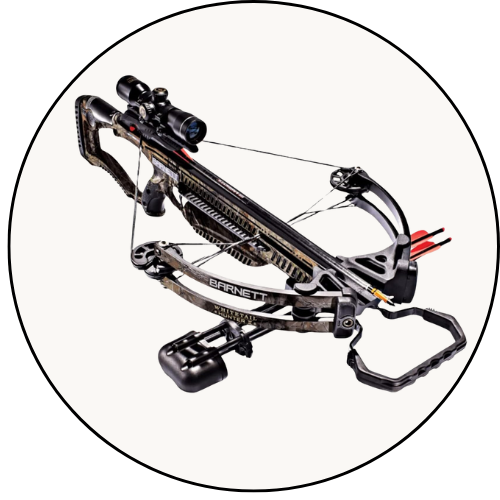

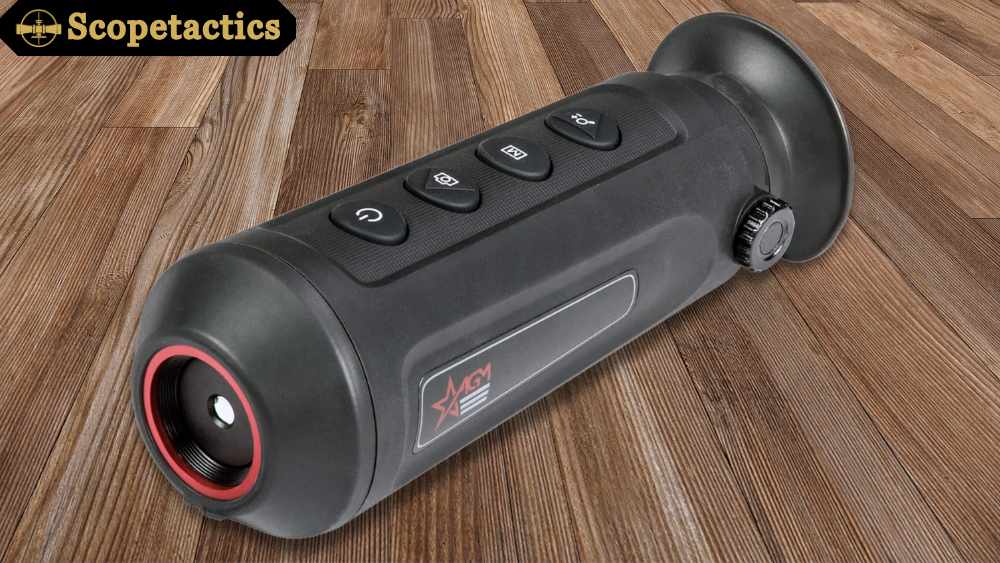
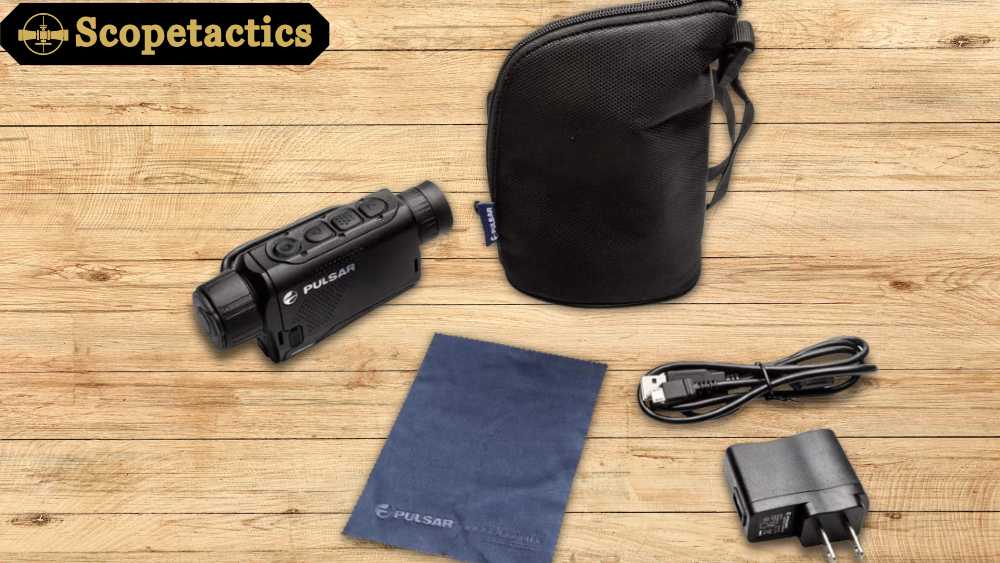
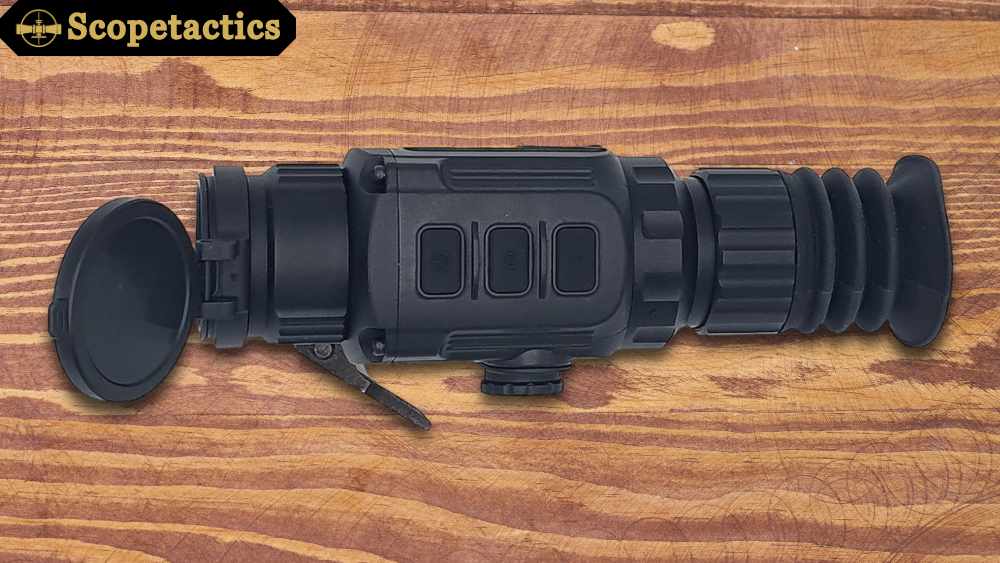
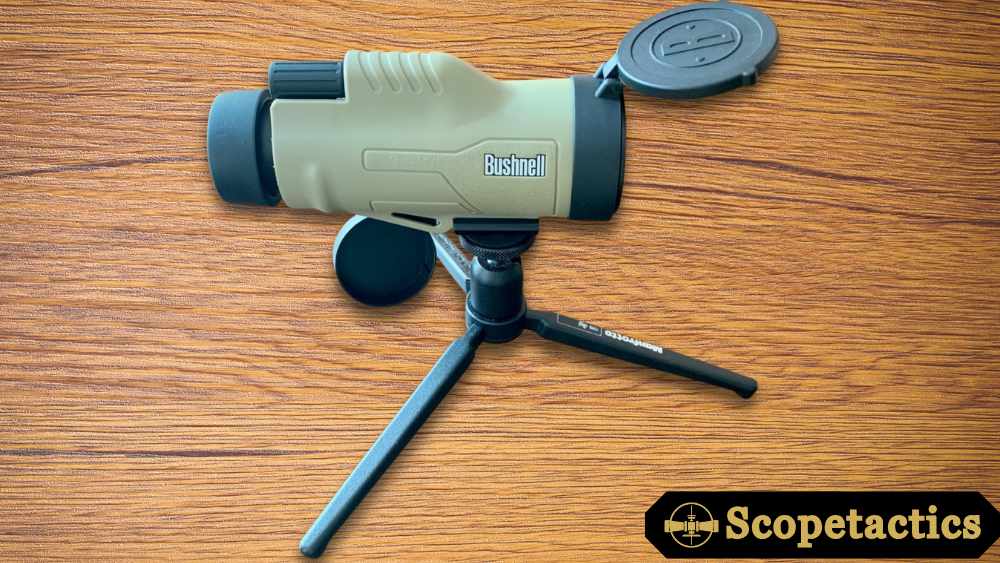
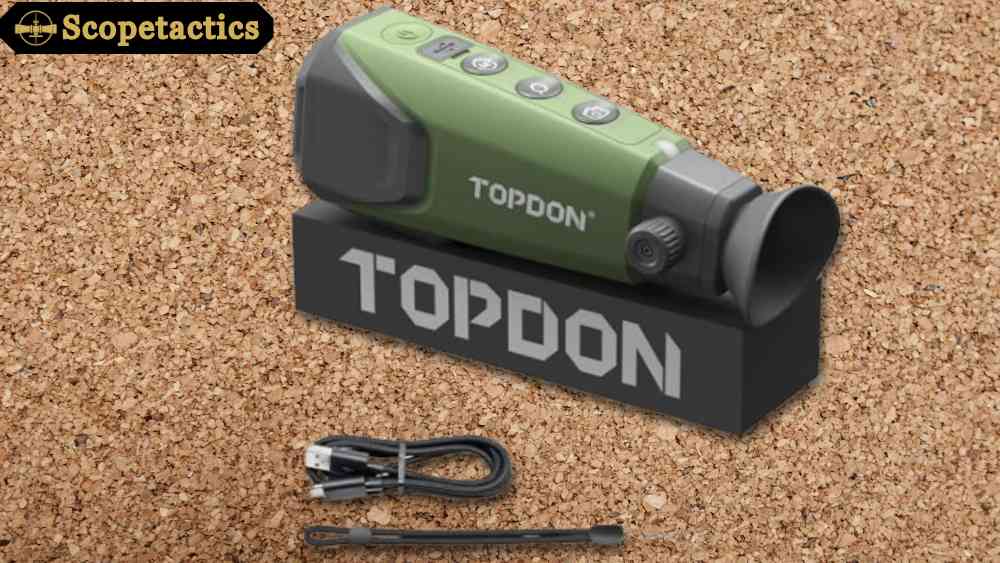
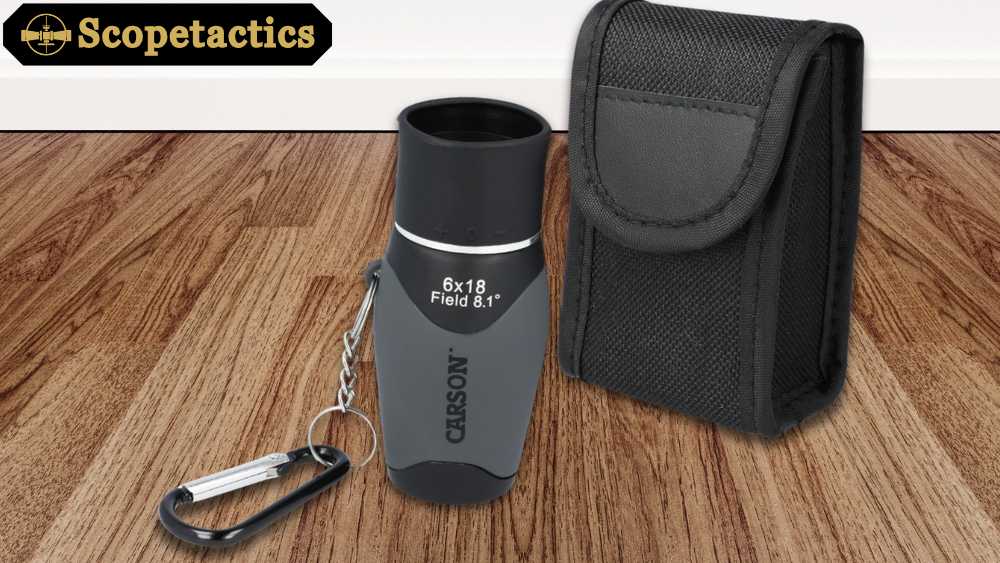
Leave a Reply